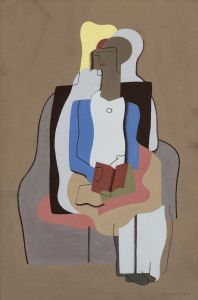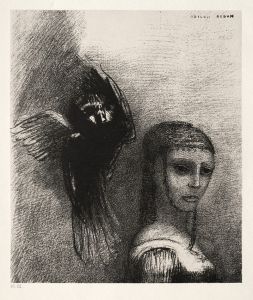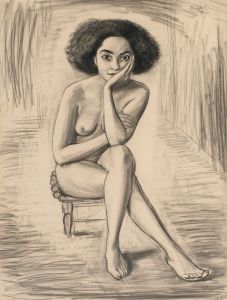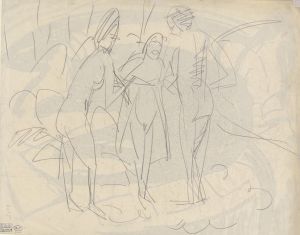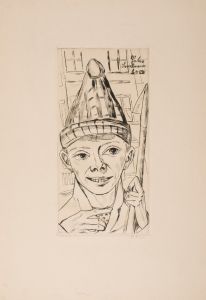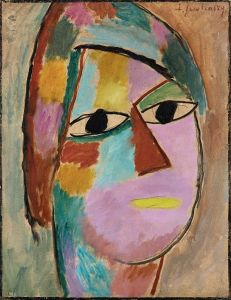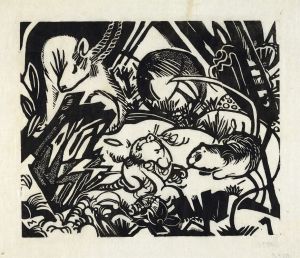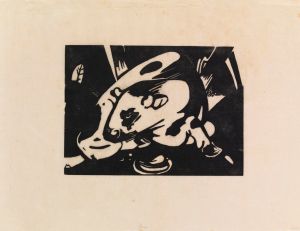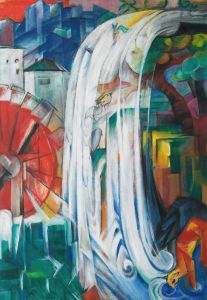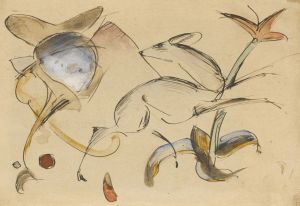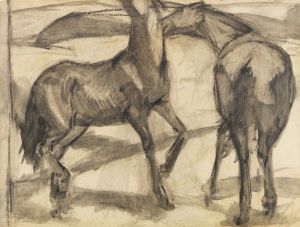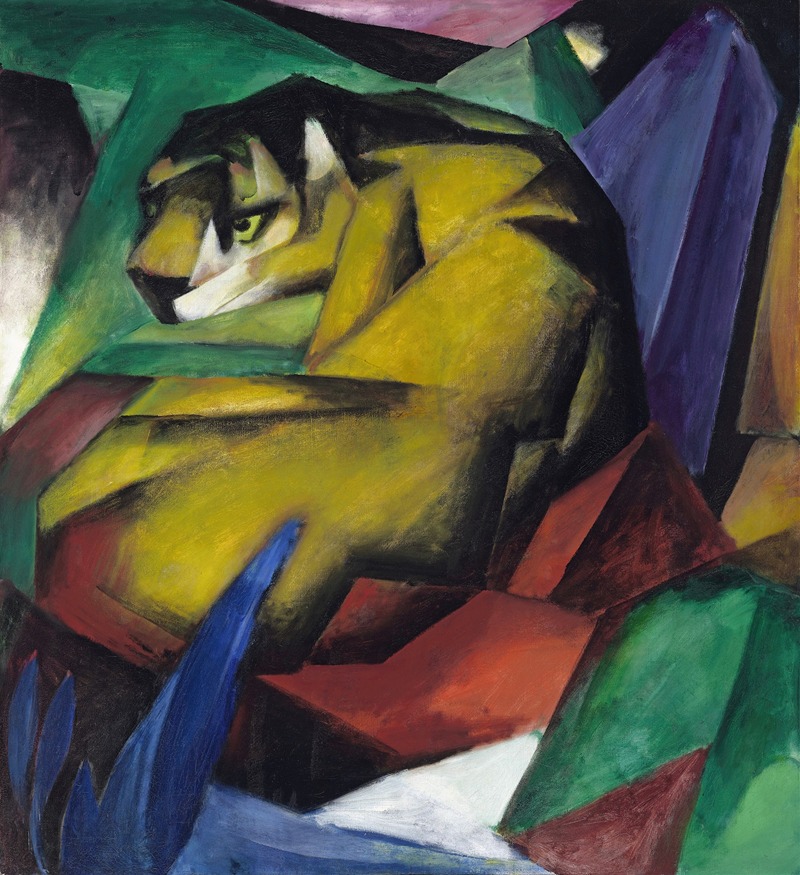
Tiger
A hand-painted replica of Franz Marc’s masterpiece Tiger, meticulously crafted by professional artists to capture the true essence of the original. Each piece is created with museum-quality canvas and rare mineral pigments, carefully painted by experienced artists with delicate brushstrokes and rich, layered colors to perfectly recreate the texture of the original artwork. Unlike machine-printed reproductions, this hand-painted version brings the painting to life, infused with the artist’s emotions and skill in every stroke. Whether for personal collection or home decoration, it instantly elevates the artistic atmosphere of any space.
"Tiger" is a painting by the German Expressionist artist Franz Marc, created in 1912. Marc was a key figure in the German Expressionist movement and a founding member of the art group Der Blaue Reiter (The Blue Rider), which was established in 1911. This group sought to express spiritual truths through their art and often used bold colors and abstract forms to convey their messages.
The painting "Tiger" is a striking example of Marc's use of vibrant colors and dynamic composition. It depicts a tiger in a stylized, almost abstract manner, with the animal's body composed of geometric shapes and vivid hues. The tiger is shown in a crouching position, as if ready to pounce, which adds a sense of tension and energy to the piece. The background is filled with angular forms and contrasting colors, enhancing the overall sense of movement and vitality.
Marc's choice of colors in "Tiger" is particularly noteworthy. He often used color to convey emotional and symbolic meanings, and in this painting, the bright yellows, oranges, and reds of the tiger contrast sharply with the cooler blues and greens of the background. This use of color not only makes the tiger stand out but also creates a sense of harmony and balance within the composition.
Franz Marc was deeply influenced by his interest in animals and nature, which he saw as pure and uncorrupted by human civilization. He believed that animals possessed a spiritual quality that humans had lost, and he sought to capture this essence in his work. "Tiger" reflects this philosophy, as the animal is depicted with a sense of majesty and power, embodying the primal energy that Marc admired.
The painting is also significant for its use of abstraction. While the tiger is still recognizable as an animal, Marc's use of geometric shapes and bold lines moves the work away from naturalistic representation and towards a more abstract, symbolic interpretation. This approach was in line with the goals of Der Blaue Reiter, which aimed to transcend the material world and explore deeper spiritual and emotional truths through art.
"Tiger" is housed in the Lenbachhaus in Munich, Germany, which holds one of the most important collections of works by Franz Marc and other members of Der Blaue Reiter. The painting remains a powerful example of Marc's innovative approach to color, form, and subject matter, and it continues to be celebrated for its dynamic composition and emotional intensity.
Franz Marc's career was tragically cut short when he was killed in action during World War I in 1916. Despite his relatively brief career, his work has had a lasting impact on the development of modern art, and "Tiger" stands as a testament to his unique vision and artistic legacy.





